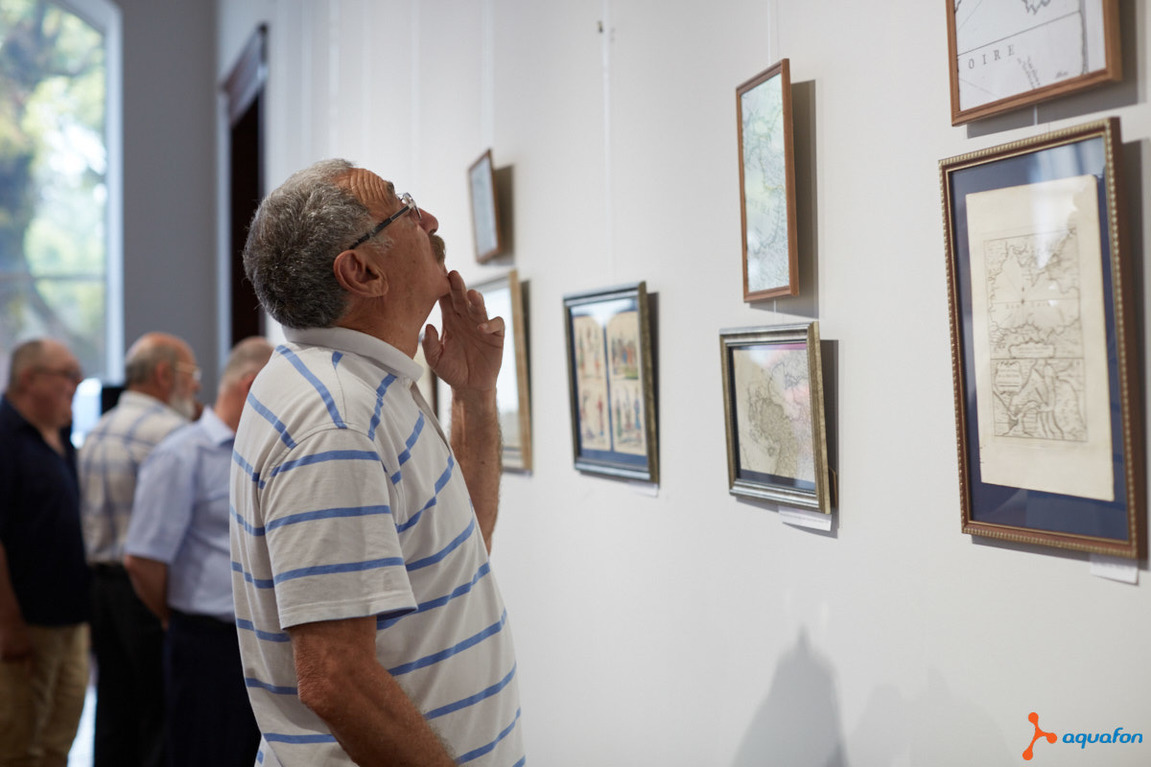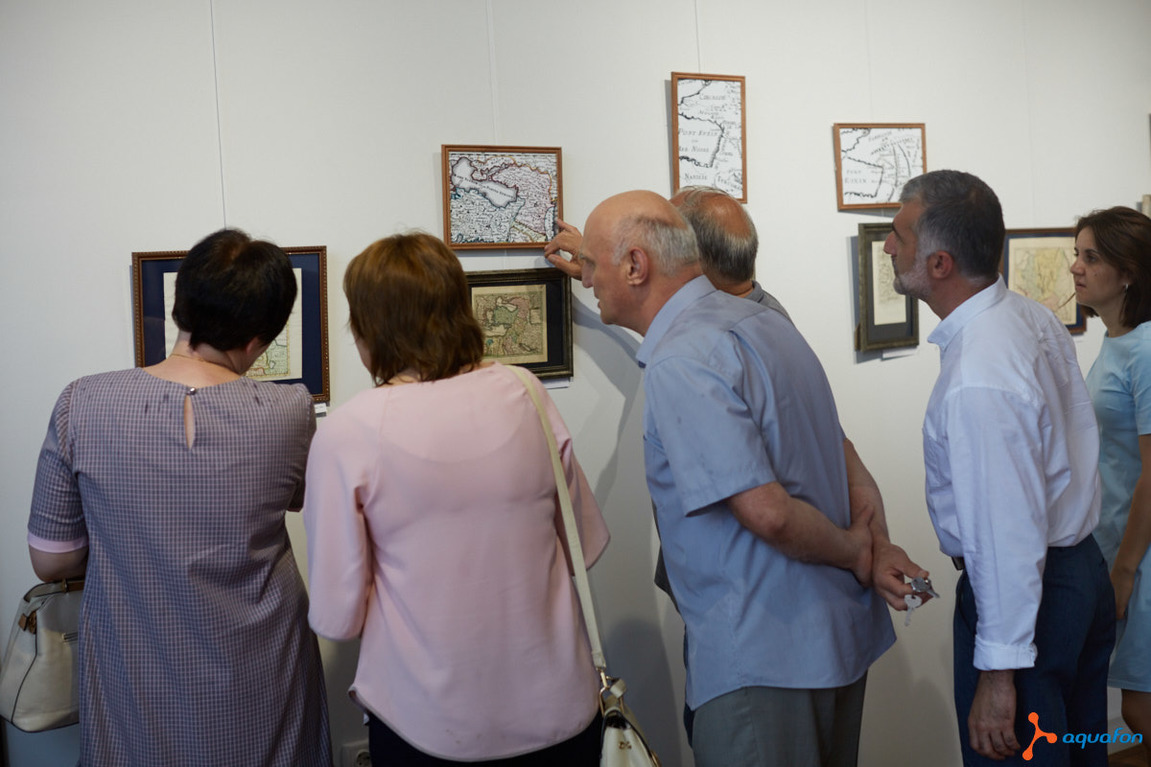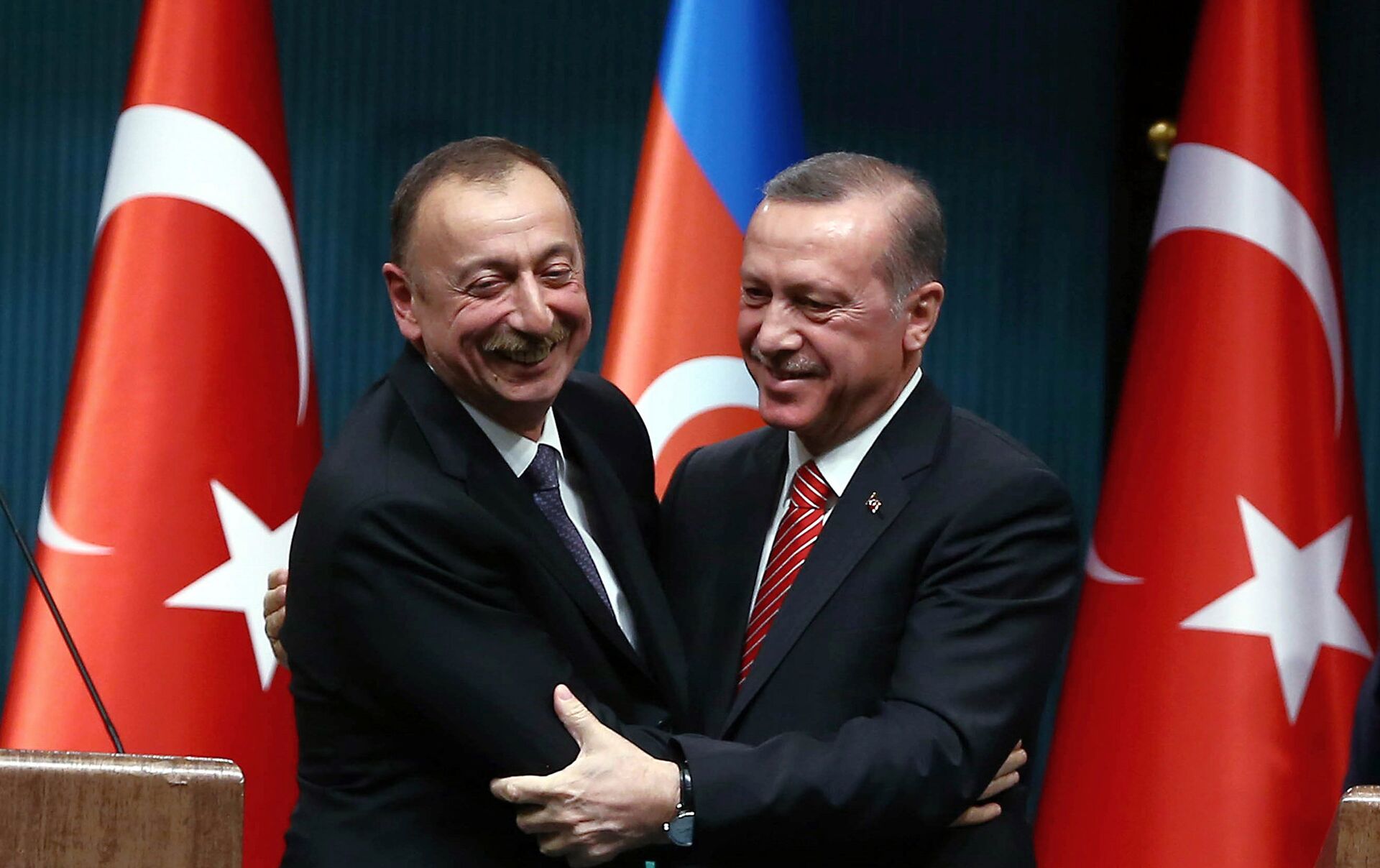Abkhazia on ancient maps
Well-known Abkhaz photographer Ibrahim Chkadua is holding an original exhibition in Sukhum portraying the history of Abkhazia in different time periods on maps and engravings.
In total, 37 maps and 10 engravings are on display in the Central Exhibition Hall of the Union of Artists of Abkhazia. Amongst them are originals of geographic, political and topographical maps from the 17th through to the 20th century. There are also maps that have been put together according to ancient sources.
Ibrahim Chkauda told JAMnews about his collection and its history:
“I started collecting maps rather accidentally. I saw in a secondhand shop a bunch of English maps from 1919. I started looking for our region, in order to see how Abkhazia was indicated in that period.
“This was a period when the Russian Empire had crumbled and there was civil war everywhere. Abkhazia was referred to as the ‘Black Sea Directorate’, which meant a collegiate form of government.
“Because I studied history, I wanted to look further into the question of Abkhazia’s status in different periods in history. That’s how I got into cartography and began collecting maps with depictions of Abkhazia when I could.
“I’ve been actively collecting maps for the past three years. With time, I started purchasing them over the internet on different sites and at auctions. I also look for engravings and other materials concerning Abkhazia’s history. After I acquire a piece, I conduct a detailed investigation to identify the year of its release and its producer.
“I got my hands on some luxury cigarette liners made in Germany in the early 1920s. It has a series of coat of arms of countries from around the world – as today they put out images of football players or actors. And there are a separate coat of arms for Abkhazia and for Georgia.
“Now I have more than 40 maps stretching from the 17th up until the 20th century. The latest map I have is from 1940. It’s a German military map, a topographical-ethnological one. It was meant for use in times of war, which is confirmed by the presence of wax stamps containing the swastika and the abbreviation ‘SS’.
“The 18th and 19th centuries are best represented in my collection. I have maps from the 20th century depicting the Abkhazian Union Republic and Abkhazia in the status of a Contractual Union Republic – both from the initial period of the creation of the Soviet Union.
“I put together this collection trying to fill in historical gaps but also taking into account my financial situation. That’s why I don’t have any maps older than the 17th century. And I only have 3 maps from that period, because the older the map, the more expensive it becomes. But the size, rarity and beauty of the map also affect the price of the map.

“The world of cartography is full of discoveries. Maps are one of the most objective types of historical sources. They contain a lot of information concerning political history, toponymy, ethnography, geography and so on. Historians, one could say, were the initiators of the events of our recent history.
“By collecting maps, I want to give my contribution to the objective understanding of history. Especially concerning the relations between Georgia and Abkhazia. It especially concerns the 20th century, where one can follow the historical processes that lead to the war of 1992-1993 on maps.
“I set up this exhibition in order to arouse the interest of scholars and society to historical cartography: historical science today does not assume the same role that it did earlier in history. Maybe this is for the better: for example, Georgian historian Pavel Ingorokva substantially influenced relations between Georgia and Abkhazia.
“But this doesn’t mean that one shouldn’t study history. Now we have access to many sources, because of museums and archives across the world opening up. These represent enormous opportunities for historians who must return historical science from discussions on the street into the walls of universities and schools.”

Toponyms and terminology used in the article, and views, opinions and strategies expressed in it do not necessarily reflect the views and opinions of JAMnews or any employees thereof. JAMnews reserves the right to delete comments it considers to be offensive, inflammatory, threatening, or otherwise unacceptable



















